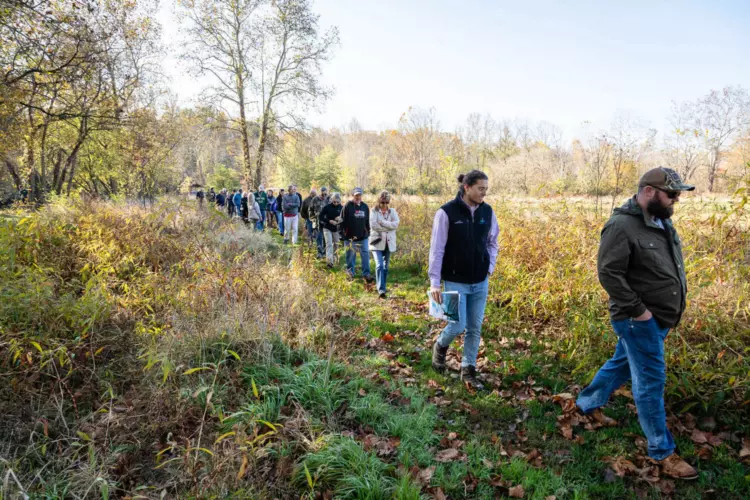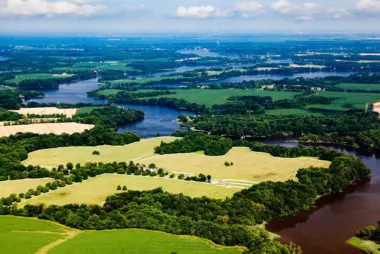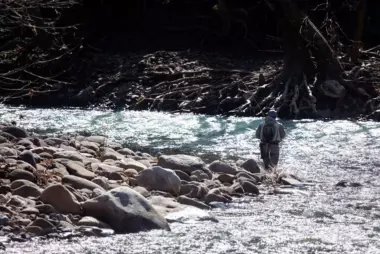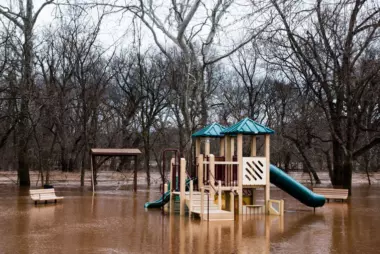Foundations of Clean Water
From the water you drink to the streams that run through your town, protecting water quality requires a holistic and cross-jurisdictional approach. This module provides an overview of the laws and agreements relevant to the health of the Chesapeake Bay. These protections form the foundation of healthy waterways across the region, which enhance education, support local economies, ensure safe drinking water and inform infrastructure planning.
Preview presentation and download files
Downloads
Presentations and Fact Sheets
Presentation Assets
Video for Foundations of Clean Water
In this topic you will learn
-
What is the Chesapeake Bay Program and how did it begin?
-
What governs watershed protection and restoration efforts?
-
How does clean water benefit my community, and what is our role in watershed protection?
Downloads
Presentations and Fact Sheets
Presentation Assets
Highlights
Education
One of the goals of the 2014 Chesapeake Bay Watershed Agreement focuses on environmental literacy. This goal includes outcomes for students, schools and jurisdictions, including increasing the number of sustainable schools and the number of districts offering all students a comprehensive and systemic approach to environmental literacy.
Economic Development
The tourism industry loses about $1 billion each year because of nutrient pollution and harmful algae blooms.
Public Health and Safety
The 1972 Clean Water Act helps prevent pollution, assist publicly owned wastewater treatment facilities and secure fishable, swimmable and drinkable water for all.
Infrastructure Maintenance and Finance
Clean water protections require investments in water infrastructure. Significant funding is available to help offset costs for local governments.
Case Studies You'll Find Inside
Choptank River Park
Greensboro, MarylandWetland Restoration Benefits Community Gathering Place
Choptank River Park was a community gathering place that became derelict due to flooding. But with the construction of a wetland that filters stormwater runoff before it enters the Choptank River, the community gained a place to gather, relax and exercise. The park now hosts soccer games, picnics, community concerts and an annual kids' fishing derby.

Here's How You Can Help
Learn More About This Topic
Learn from Chesapeake Bay Program staff and Chesapeake watershed residents about the partnership’s efforts to restore the Chesapeake Bay and the lands and rivers that feed into it.
Learn about the Chesapeake Bay Program’s computer modeling tools.
Hear agency administrators throughout history discuss their time at the helm of the U.S. Environmental Protection Agency.



